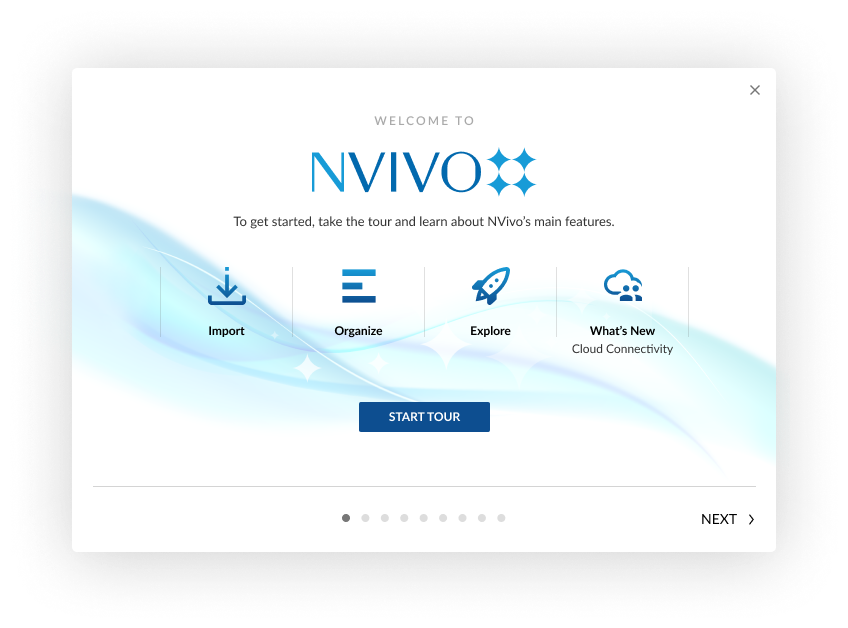

There are several ways to display the results of your query which you can move between using the vertical tabs on the bottom-right (with a black box in the following image). In the ‘Search for field’ type ‘ climate’ then select ‘ With synonyms’ then ‘ Run Query’.Click on ‘ Explore > Text Search > Selected Items > Select All’.Use the steps below to perform a word occurrence analysis (red boxes show these options in the following images): For example, to identify BP’s engagement with the issue of climate change, the occurrence of the word ‘climate’ can be checked in all 15 PDFs. It allows you to observe trends in the occurrence of these words and consider contextual information such as the words which are commonly used in close proximity. NVivo allows you to search for and analyse the occurrences of specific words within the documents you upload. You can review the default stop words and modify them to suit your preference. NVivo automatically performs text cleaning when queries are performed, however, it does this using a default set of rules for what constitutes an “unnecessary” character. This means removing unnecessary characters such as punctuation, trailing whitespaces, stop words (words that do not provide insight into the body of text such as the/and/or) and changing everything to upper case or lower case. If you are not using NVivo, prior to analysing the text you might have to “clean” the data.


 0 kommentar(er)
0 kommentar(er)
